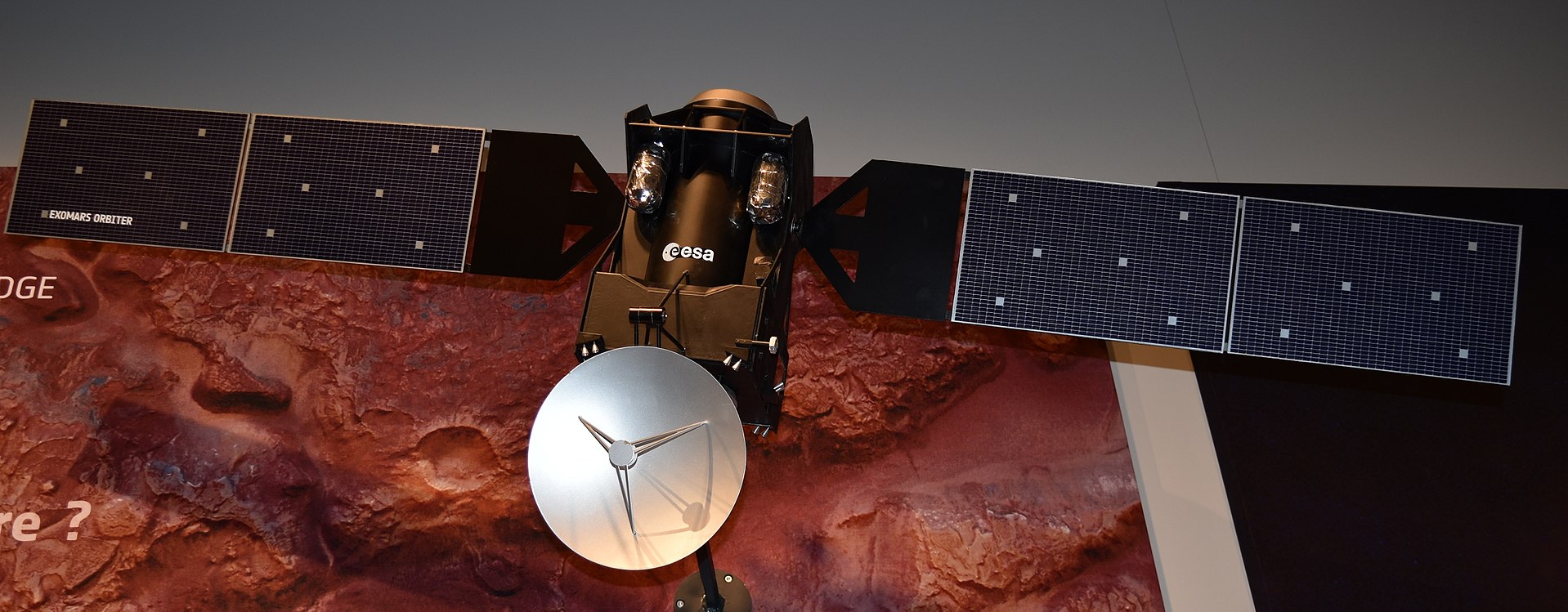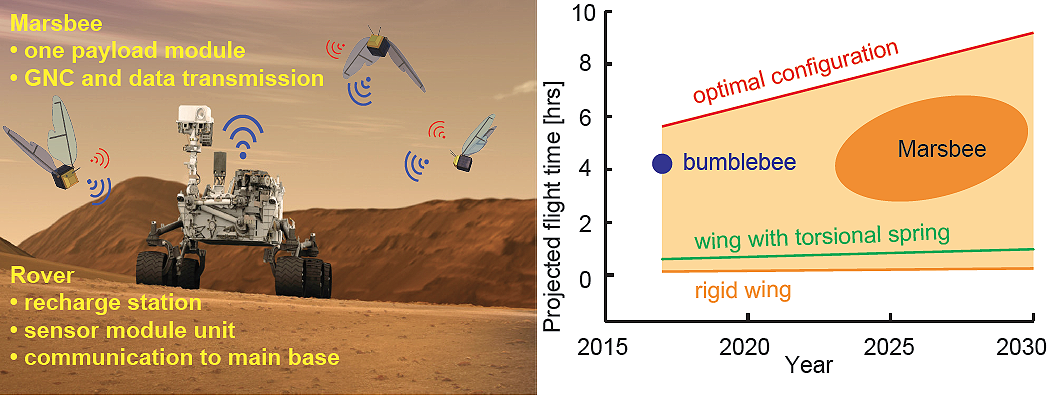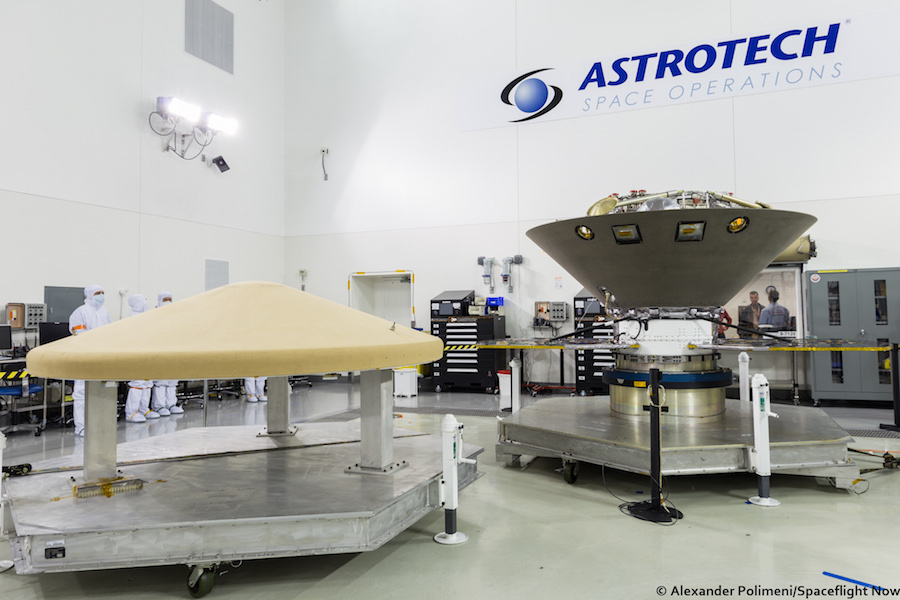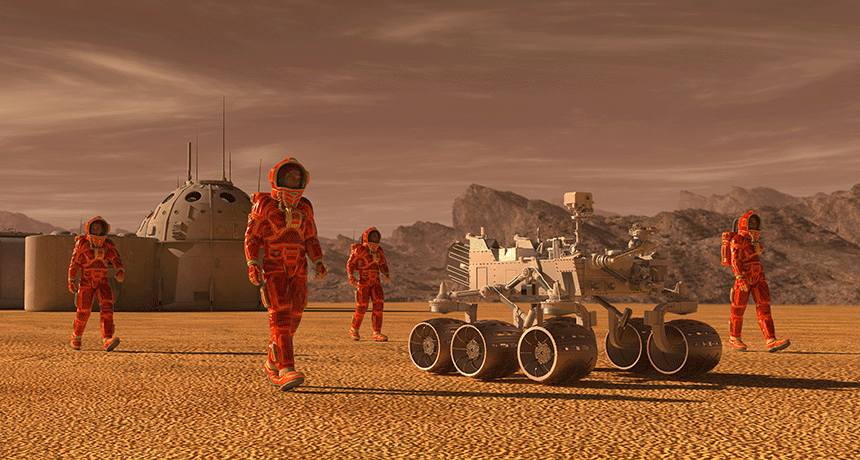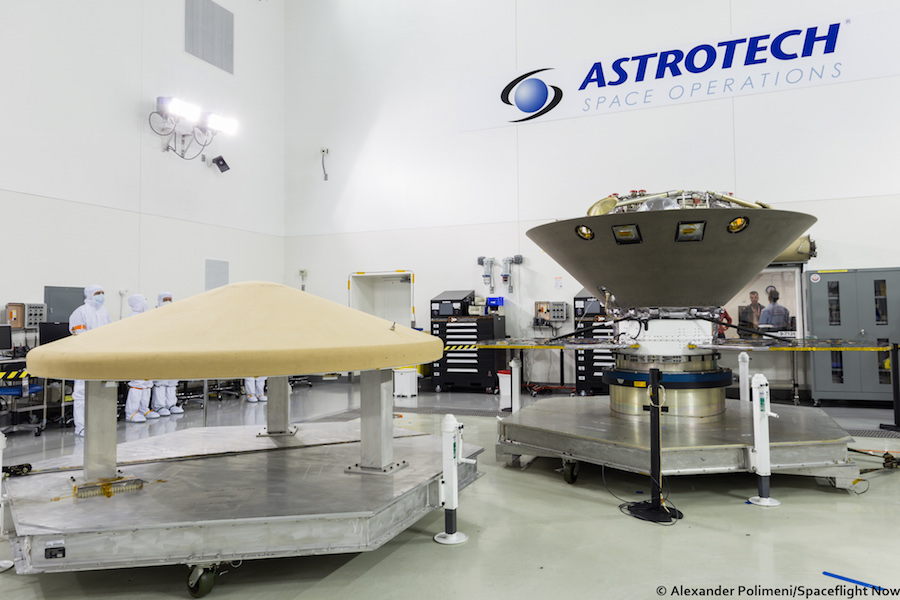
The InSight Mars Lander has been connected to the Atlas 5 rocket at Space Launch Complex 3-East Vandenberg Air Force Base, with a projected launch window of May 5th – June 8th. Regardless of when during that window the rocket flies, the lander is scheduled to arrive at Mars on November 26th. This close alignment of Earth and Mars which allows for a direct trip, only happens for this window of time once every 26 months.
The mission of the InSight lander (aka Interior Exploration using Seismic Investigations, Geodesy and Heat Transport) is to study the crust, mantle and core of the red planet to learn more about the early formation of planets in our solar system. This launch will also send two ‘CubeSat’s to space, where they will follow InSight to Mars and provide essential communication services.
Now that human spaceflight to Mars is seeming more and more realistic, it’s fun to closely observe a new launch like this, and to realize that while it’s still a long trip, it is not a year of travel. Before you even have a chance to get through your collected works of Shakespeare on your tablet or re-calibrate the hydroponics systems to optimize lettuce production, it will be time to buckle up for landing!
(Thanks to spaceflightnow.com for the excellent discussion of this new NASA lander)

